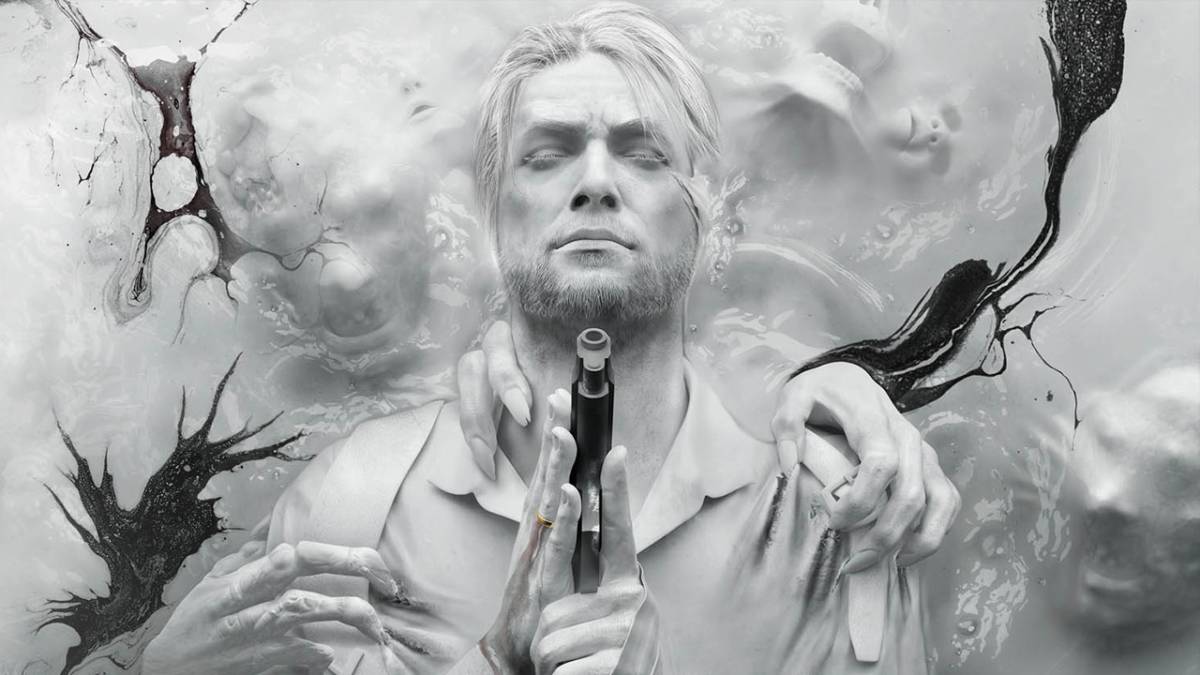There are plenty of old school horror games that haven’t seen a big release in a long time. Heck, we’ve covered a few of them ourselves, like Alone In The Dark, Dead Rising and Dino Crisis, but there’s a certain horror series that appears to have gone AWOL despite being a lot more modern, and that’s The Evil Within.
Created by horror legend Shinji Mikami, The Evil Within has had a short legacy, with only two games under its belt in the brief time since the first game’s release. However, The Evil Within has cultivated a devout following, particularly after the much improved sequel, so the chances of The Evil Within 3 happening isn’t outside the realms of possibility. Today, we’re asking the question: will The Evil Within ever return?
The History Of The Evil Within
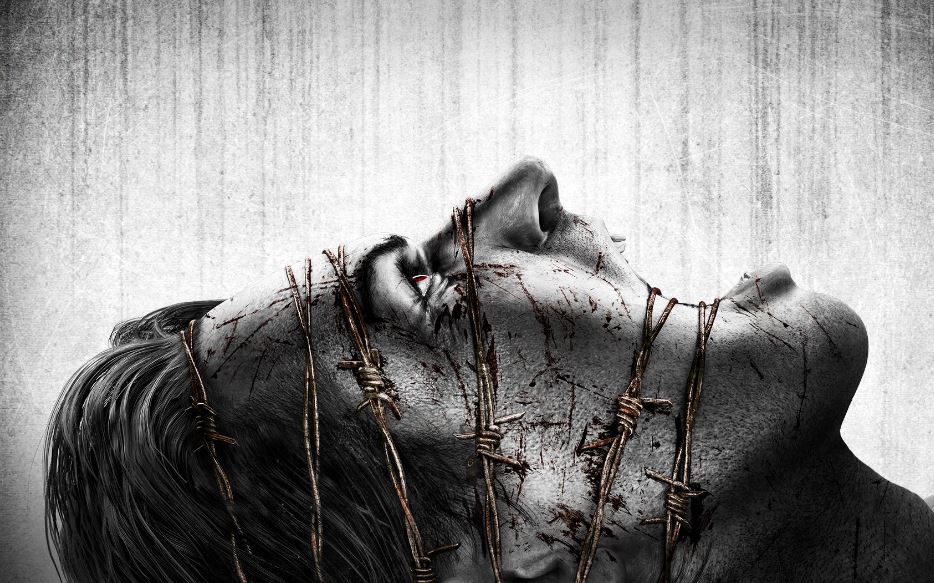
Chronicling the origins of The Evil Within requires diving into the legendary career of Shinji Mikami. Joining Capcom in 1990, Mikami would go on to become the director for some of Capcom’s biggest franchises, including Dino Crisis and, most notably, Resident Evil. Shinji worked on the bulk of Resident Evil’s entries from the first installment in 1996, all the way to 2005’s Resident Evil 4. Mikami even joked about committing harakiri if RE4 went to more platforms than the GameCube. Of course, RE4 received quite a few ports, and Mikami carried on making games.
Mikami left Capcom in 2006, forming the Straight Story development studio who were contracted by PlatinumGames to assist on Vanquish. In 2010, Mikami then announced that he would be forming the Tokyo-based studio Tango, and that Straight Story would be shut down after the release of Vanquish. Tango was then acquired by ZeniMax/Bethesda towards the end of 2010.
Details regarding Tango’s first game were thin on the ground for a while, though in 2012 Mikami shared a rare project update, telling the general public that he was hoping to staff Tango up to 100 employees, and that the prospective game would use a heavily modified version of an external engine. He also announced that the upcoming game would be the last game he would direct, as he believed that the younger generation should be given a chance to succeed. When speaking to Edge in 2013, Mikami said: “One thing I want to focus on is to nurture younger staff, and I think now is the right time to do that.”
The Evil Within would finally be announced in April 2013, set for release in 2014 across PC, PS3, PS4, Xbox 360 and Xbox One. The game ran on the id Tech 5 engine, and was given the infinitely better name of Psycho Break in Japan. When speaking about his inspirations and reasoning for developing The Evil Within, Mikami explained why in a video interview with IGN [archived by Eurogamer]:

“Having the player pick up the controller and being genuinely able to say ‘Wow, I haven’t played a game this scary in ages!’, that is what we are after. That is the main thing we are focused on. For me, personally, why I came back to survival horror is that survival horror as a genre is becoming all action now. There aren’t any real survival horror games in the world right now. That is the biggest motivation for me.”
The Evil Within’s plot is, well, it’s a lot, but the core game follows Sebastian Castellanos, a police detective for Krimson City who’s investigating a mass murder at Beacon Mental Hospital. Things very quickly go sideways, with Sebastian going through hell and back in the process. The plot’s a bit too much to explain in one paragraph, though it is worth mentioning that the inspiration for the game’s asylum came from the real life Winchester House.
The gameplay shared a few similarities to Mikami’s previous work, most notably Resident Evil 4. The third-person survival horror complete with the over-the-shoulder camera brought back feelings of Leon’s adventure through rural Spain. Unfortunately, the whole game would be hamstrung by some strange letterboxing during the entire game, which no one was a fan of. An update was released a year after launch to even remove the letterboxing for players who wanted to use their full screen.
The Evil Within launched in October 2014, with the game receiving a wide gamut of Metacritic scores depending on the platform. The Xbox One and PS4 scores are pretty similar, scoring at 79 and 75 respectively, while the PC version only managed to reach 68. For the most part, critics were fans of the proper survival horror gameplay, but the story left a lot to be desired. Sales-wise, The Evil Within set the record for best first month sales of a survival horror game, though it would soon be beaten by Dying Light.
Where’s The Evil Within At Now?
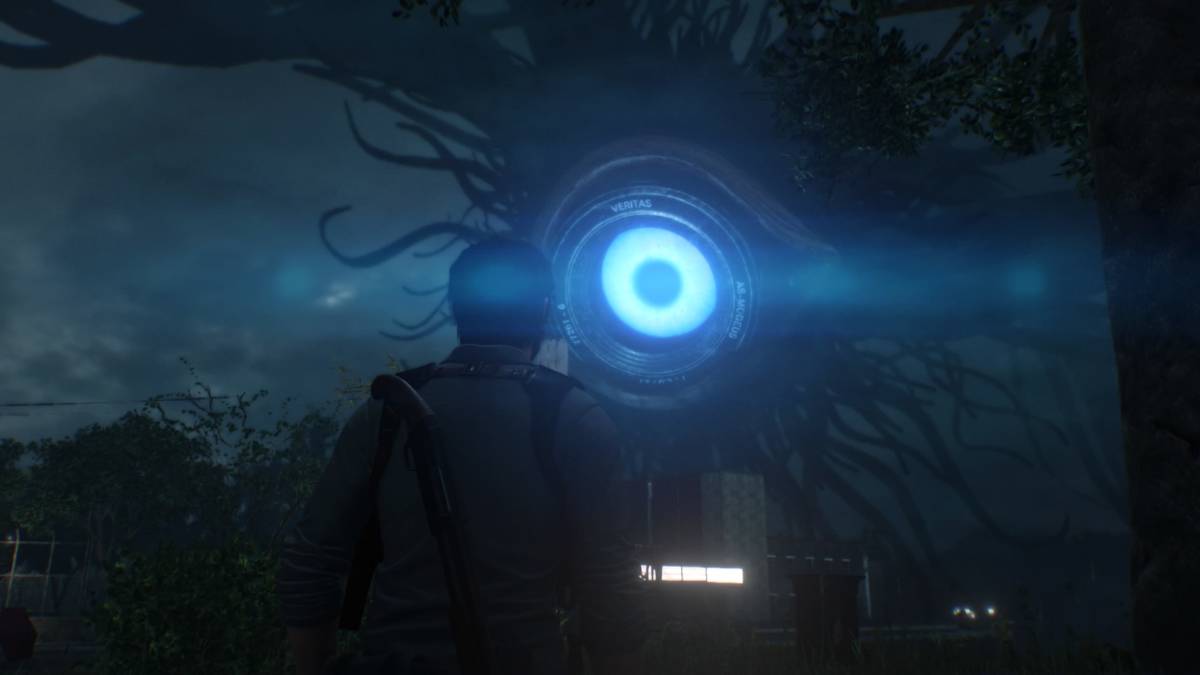
Not long after the release of The Evil Within and its additional DLC expansions, which continued the game’s story following additional characters, Tango began development of The Evil Within 2 in March 2015 before being announced at E3 2017. Mikami stepped down from the role of game director, assigning the role to director John Johanas, but Mikami still served as a producer and oversaw the game’s development.
The plot’s a bit more simplified for this outing, with the sequel set a couple of years after the events of the original game. Sebastian’s now down on his luck since the apparent death of his daughter, but he’s discovered that his daughter has now been sent down a rabbit hole of an alternate reality system called STEM. Naturally, Sebastian jumps in to save her, but finds a corrupted American suburbia populated by horrific mutants.
One of the key aspects of the second game was that it was built on the foundations of the original, taking feedback aimed at The Evil Within and applying it to the second game. One such aspect was the letterboxing, which was removed despite the fact that the team at Tango liked it, but another aspect was story. When speaking to IGN in 2017, Mikami talked about how the story was changed in response to the first game:
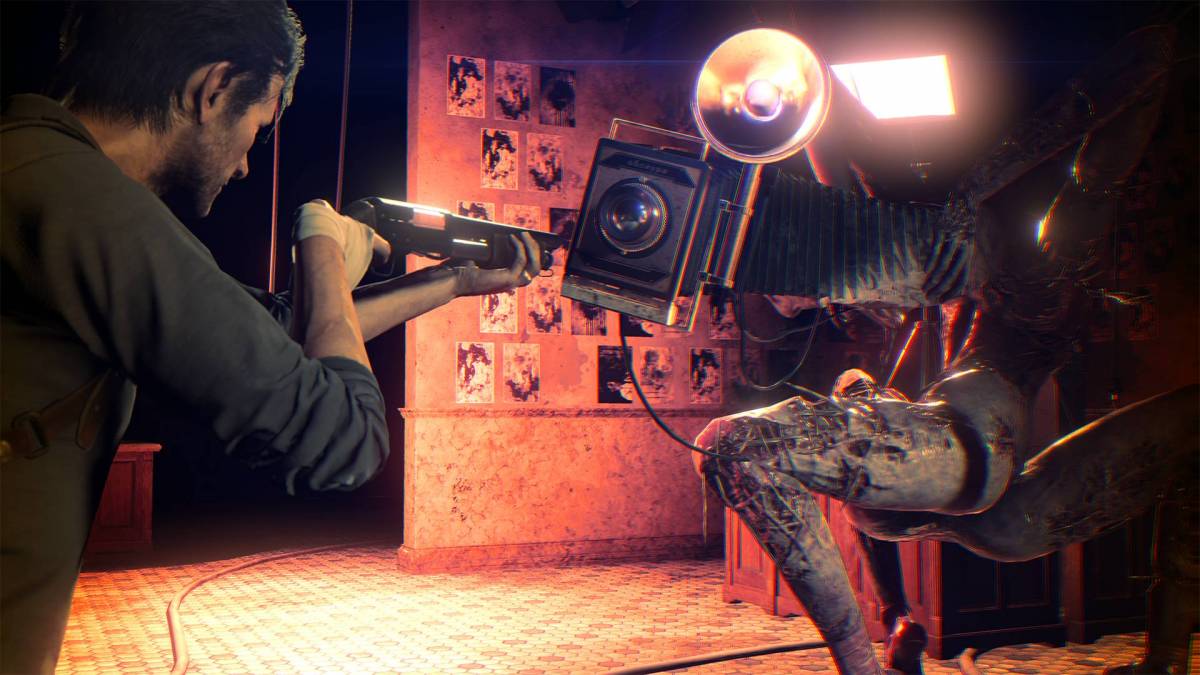
“This time around, Mr. Ishimine, our scenario writer, had the most influence on the main story. He and the team worked with Trent Haaga to build the story ideas into this sequel. The difference between this game’s story and the first one is that we tried to focus on making it simpler and easier to understand. Compared to the first game where the protagonist got caught up in the story, this time of his own volition—albeit warily—he heads into a frightening world in order to rescue his daughter.”
As a sequel, The Evil Within 2 operated on a bigger scale than the first game, with larger levels that allow players to make their own choices about how they wanted to tackle the various obstacles blocking their way. Players can also explore the world, called Union, and freely take on a variety of side objectives and scavenge for resources, making The Evil Within 2 feel much grander as a result.
Reviews-wise, The Evil Within 2’s improvements yielded dividends for the game’s score, earning around 80 across all platforms, with critics calling it a compelling psychological survival horror experience. Some technical issues and pacing problems wouldn’t stop The Evil Within 2 from being a beloved horror entry, and the game was nominated for a number of Game of the Year awards.
Will There Ever Be Another The Evil Within?
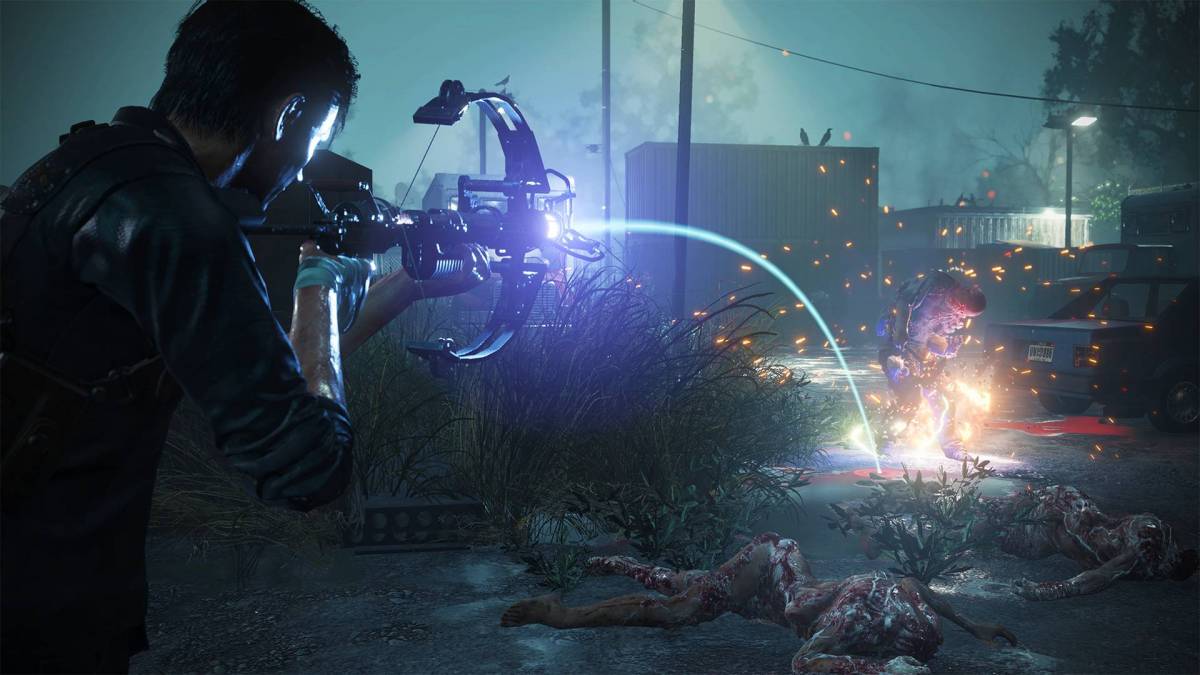
Unfortunately for fans potentially hoping for a new game, The Evil Within 2 didn’t sell too well. In the UK sales charts for the week that The Evil Within 2 launched, it was noted that the sequel’s sales were only equal to about a quarter of the original game’s sales. Granted, this is physical sales, which have notably decreased across the board over the years, but it’s still a bad indicator of how the game performed.
Typically, a reduction in sales is a bad indicator of the future of a series, so it’s hard to tell whether or not The Evil Within will continue after the second game. For what it’s worth, Tango and Bethesda have re-registered the trademark for The Evil Within as recently as this year, so there’s a suggestion at the very least that the third game isn’t off the table.
As for Tango right now, they’re busy with the development of Ghostwire: Tokyo, a first person horror/shooter/weird little thing that’s scheduled to launch on PS5 in 2022. The game will see players exploring the haunted streets of Tokyo, using a host of supernatural abilities to take down hordes of Yokai. Ghostwire looks to be a bit of a departure from the world of The Evil Within, so seeing a new game might be a long way away.
It’s also important to mention that Tango formed part of Microsoft’s acquisition of ZeniMax/Bethesda, so their future projects are going to possibly be under more scrutiny than before. Depending on the success of Ghostwire: Tokyo, which may or may not end up on Xbox after 12 months, Tango might be tasked with continuing that series instead of working on The Evil Within. On the flipside, being part of the Xbox Game Studios family, for lack of a better term, could enable another developer to take the reins on The Evil Within instead.
To Xbox and Tango’s credit, it was confirmed recently that Tango Gameworks and John Johanas, the director for The Evil Within 2, are working on a new game. This mysterious project was confirmed during Xbox’s showcase at Tokyo Game Show 2021, and the signs are potentially pointing to this being The Evil Within 3, given the pedigree and history of the developers involved. This isn’t solid confirmation, but it’s perhaps the best chance we’ll get for a third game in the series.
The future of The Evil Within is uncertain then. There’s potential there for Tango, or another developer, to explore the series in a third game, but with no solid confirmation on whether or not the series will return, its future remains up in the air. Maybe we’ll see it make a surprise appearance at E3 or The Game Awards in the next few years, maybe we won’t see it for a decade until someone remakes the first one.
Only time will tell.
READ MORE: Will We Ever See The Darkness 3?
Some of the coverage you find on Cultured Vultures contains affiliate links, which provide us with small commissions based on purchases made from visiting our site. We cover gaming news, movie reviews, wrestling and much more.


